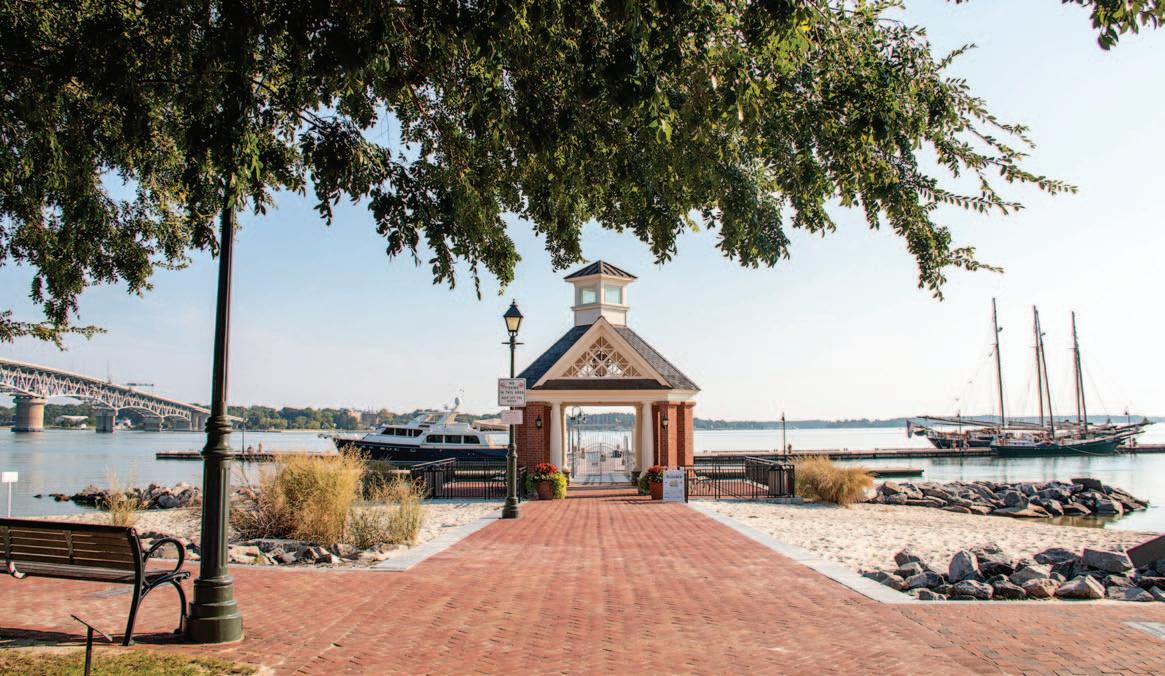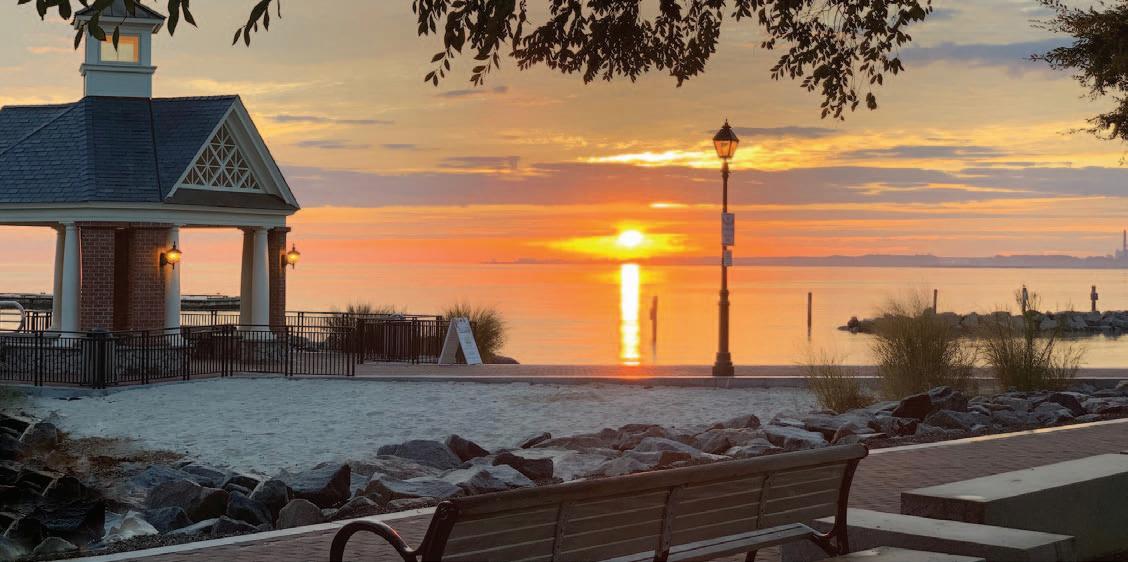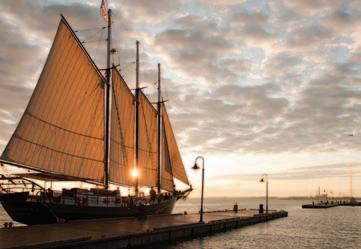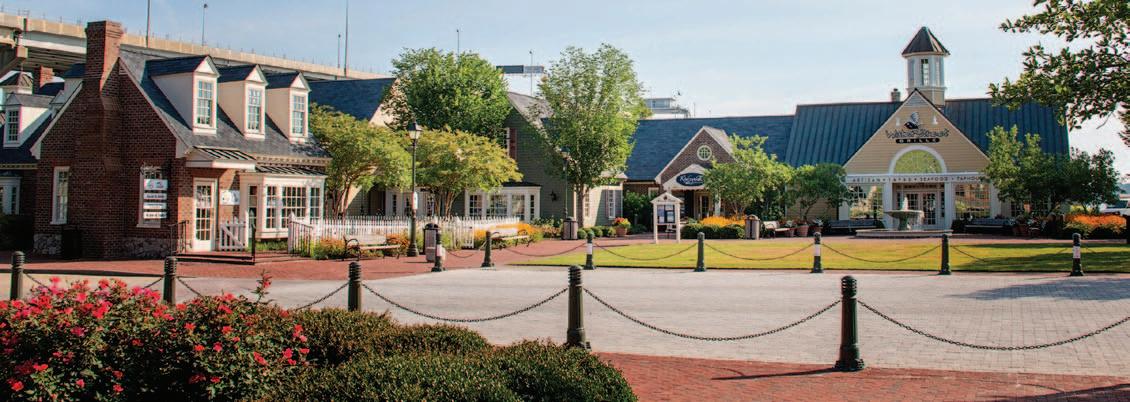
3 minute read
tourism and the economy
tourism
and the Economy
riverwalk Landing in Historic Yorktown
coURtesY oF YoRK coUntY
tourism continues to be one of Hampton Roads’ most important industries, bringing significant outside dollars into the economy, which enables broad based regional economic growth. the tourism industry allows the region to ‘export’ its climate, beaches, and history to the rest of the nation. as with the port and defense industries in the region, the tourism industry developed in Hampton Roads because of its unique competitive advantages, particularly its water and historical resources. the tourism industry is well developed within the region, having achieved a high level of maturity indicating that the opportunity for extensive employment growth is unlikely. norfolk’s waterside District is the “premier dining and entertainment district” in conjunction with the U.s.s. wisconsin and the norfolk tides. the laskin Road gateway project in virginia Beach, transforming the area surrounding 31st street and the oceanfront, was completed in 2013. newport news’ city center at oyster Point continues to grow with more entertainment venues as restaurants, a movie theater. newport news’ first craft brewery opened in June 2016. norfolk’s wards corner area continues development with its current makeover.
the city of virginia Beach and tidewater community college have partnered to create a unique joint library. the library opened in 2013.
Furthermore, developers are interested in the former virginia Beach Dome site to feature an entertainment complex for both tourists and residents.
LOCAL TOURISm INDUSTRy
the local tourism industry follows the national and regional economy and thus national consumer confidence is closely followed by tourism professionals on both the Peninsula and south Hampton Roads as a strong predictor of regionaltourism activity. virginia Beach, chesapeake/suffolk and the other Hampton Roads sub-segments were able to increase occupancy numbers, according to recently published smith travel Research data. But the Beach held a commanding lead in the category that industry experts say is the prime indicator of hotel performance: Revenue per available room, or RevPaR.
RevPaR is a measure of how much cash the rooms are pulling in on average, factoring in the rooms that are unoccupied. High occupancy rates mean little if room rates are cheap, and high room rates mean little if only a handful are occupied.
fIVE DIffERENT mARKETS
smith travel Research, a major source of tourism data, has divided the Hampton Roads’ region into five distinct lodging markets: williamsburg and newport news/Hampton on the Peninsula, and norfolk/Portsmouth, virginia Beach, & chesapeake/suffolk in south Hampton Roads. the hotel data (which does not include timeshares) and the tourism employment data fail to capture the full impact on tourism. this data proves extremely difficult to access, and often estimates are made with surveys or other imprecise tools. while the previous paragraph noted the decline in hotel activity in williamsburg, it is difficult to estimate how many former williamsburg visitors now stay in chesapeake or virginia Beach and drive into williamsburg for day trips, or how many of the williamsburg visitors stay in the area’s 6,000 (approximate) time share rooms. the state has made estimates for expenditures by locality which have some value, but they are based off various tax receipts and thus are necessarily at least a year out of date. Regional efforts to market Hampton Roads as a destination are coordinated through the coastal virginia tourism alliance. visit on the web www.visitcova.com. •




















